Ultimate DIY Guide to Painting Fascia Boards and Soffits
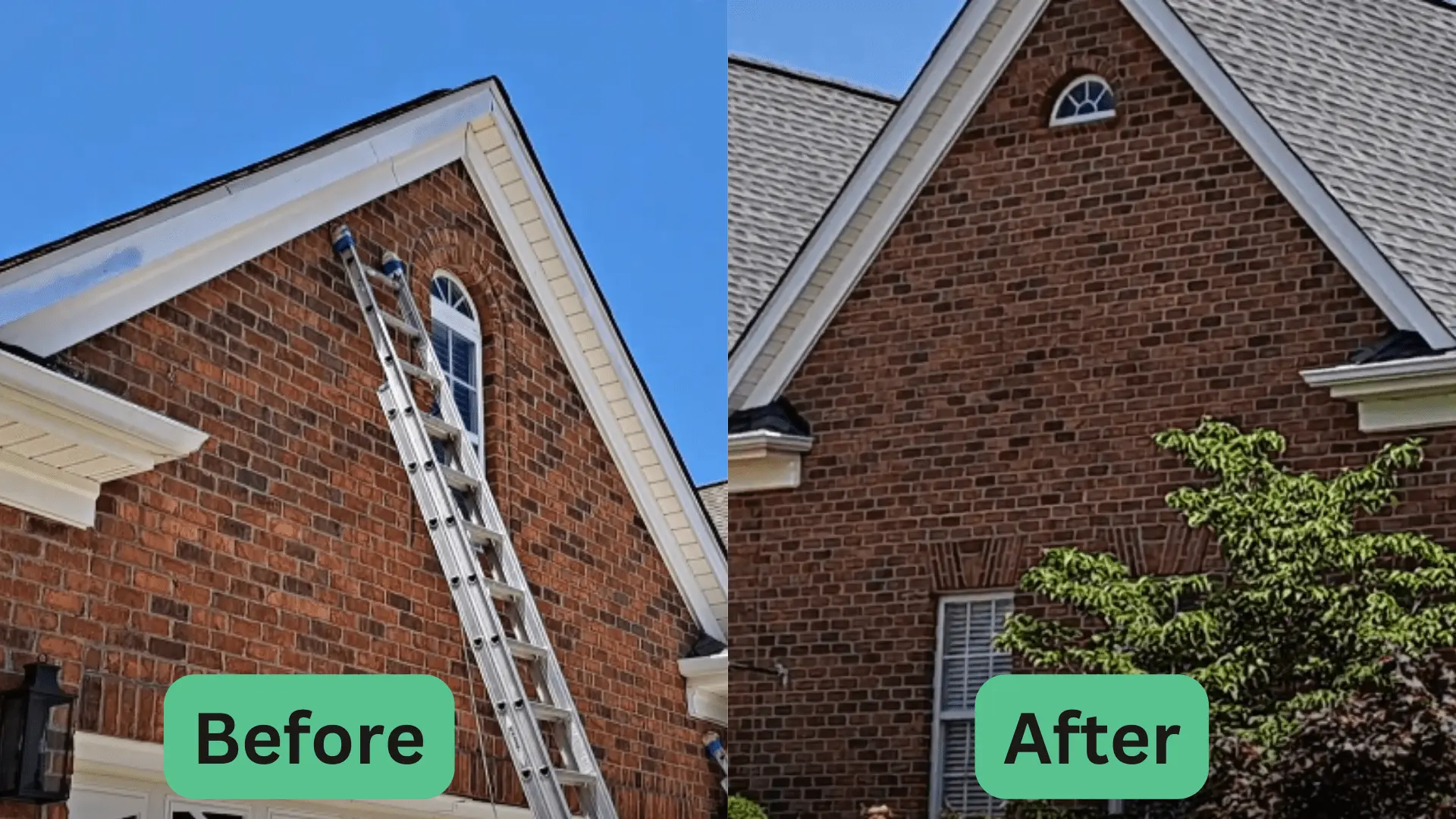
DIY DOJO is reader-supported. We may earn an affiliate commission when you buy through links on our site. Find out more.
Painting fascia boards and soffits can be a daunting task for homeowners, but it doesn’t have to be. This article will provide expert tips on how to paint soffit and bargeboard, giving you the knowledge you need to tackle this project with confidence.
We’ll guide you through the process from preparation to finishing touches, discussing all the necessary materials and techniques along the way.
How Much Does It Cost to Paint Soffits and Fascias?
The cost of painting soffits and fascias depends on the size of the house, the amount of preparation that needs to be done, and the type of paint used. Preparation can involve cleaning off mould, debris, or dirt from the surface before applying a primer.
Once this is completed, any repairs are made, such as filling in cracks or holes with caulk and replacing any damaged boards. The next step is to apply two coats of paint over both fascia boards and soffits. There may be other expenses involved such as renting scaffolding or ladders required to reach high areas while painting.
If you are hiring a professional painter they may also charge an additional fee for masking off windows or using speciality brushes when working with detailed trim work around windows or doors. It is important to inquire about all associated costs ahead of time so you know what you are getting into before signing a contract.
Materials Needed for Painting Soffits and Fascia Boards
Painting fascia boards and soffits requires specific materials, depending on the type of surface you are painting. For wood, use an oil-based or latex exterior primer followed by two coats of acrylic paint in either a satin or semi-gloss finish. For metal, use a rust converter product followed by two coats of oil-based enamel paint. For vinyl, use a speciality coating designed for that material and follow the manufacturer’s directions.
Additionally, you will need to invest in quality brushes and rollers to achieve even coverage with minimal brush marks. Make sure to purchase enough drop cloths or painter’s plastic for covering plants and surfaces around the area being painted as well as painter’s tape for taping off windowsills and door frames before starting your project.
Furthermore, be sure to properly prepare the existing surface before applying any new paint; this may include scraping away any old flaking paint or giving it a light sanding if necessary to ensure better adhesion and longer-lasting results. Finally, when choosing colours for painting fascia boards and soffits make sure they complement one another – lighter colours will help brighten up darker areas while stronger colours can create dramatic contrasts between different elements of your home’s exterior design scheme.
If you’re unsure about which colors to use for your fascia boards and soffits, check out “How To Choose Paint Colours: 6 Pro-Tips And Mistakes To Avoid” for expert advice and tips on selecting the perfect paint colors for your home.
What kind of paint to use on the soffit and fascia?
When it comes to painting fascia boards and soffits, there are a few important factors to consider. The most important factor is what paint to use on soffits boards.
For soffits, you’ll want to look for an oil or alkyd-based exterior house paint that includes fungicide additives that help protect against mildew growth on the surface over time. This type of paint adheres better than latex paints and provides superior protection from moisture damage as well as ultraviolet light exposure.
As with fascia boards, make sure to apply two coats of this exterior house paint to get the best results and longest-lasting finish on your soffit surfaces too!
What is the best way to paint fascia boards?
When it comes to painting fascia boards and soffits, taking the right approach is key. Proper preparation and use of the right materials can yield a great-looking finish that will stand up to the elements. Here are some tips for getting started:

Clean the soffits and fascia boards:
Start by thoroughly cleaning the fascia boards and soffits with a pressure washer or mild detergent solution to remove dirt, dust, debris, and any mildew or mould present. Power washing is recommended as it’s more effective at removing buildup than scrubbing by hand. Let dry completely before beginning the paint application.
Choose an exterior paint:
Choose an exterior paint that’s formulated for outdoor use on wood surfaces such as oil-based alkyd paints or latex acrylic paints designed specifically for painting exterior applications such as decks and siding. Primer may also be necessary if applied over bare wood or previously painted surfaces in poor condition.
Start painting:
To apply the paint properly, use a brush with synthetic bristles designed specifically for outdoor use or a high-quality roller cover depending on your preference (larger projects may require spraying).
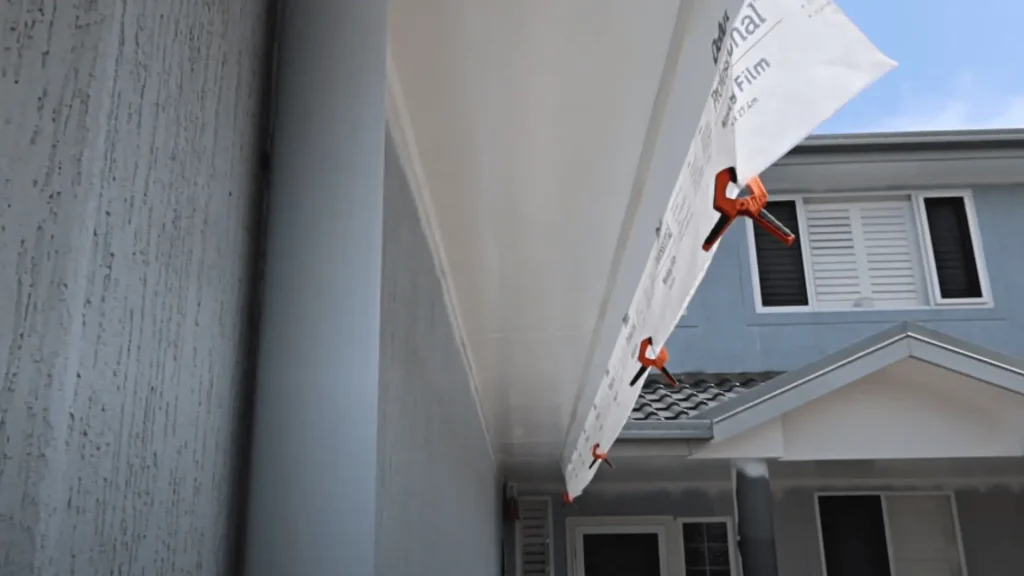
When painting around corners and along trim work, always begin from one angle and then move onto another until complete; this will help ensure even coverage without leaving noticeable lap marks behind.
Should fascia and soffit be painted the same colour?
Fascia and soffit boards should generally be painted the same colour. These two components are both part of the roofline’s exterior trim and as such create a cohesive look when they are in the same hue. The fascia board is a vertical piece that is installed along the edge of your roof, while the soffit runs horizontally beneath it.
Both pieces provide protection for your home’s structure, protect against pests and moisture damage, and can also add visual appeal to your home’s overall look. By painting them in similar colours, you will create a consistent aesthetic throughout your roofline that looks intentional and thoughtfully designed. When selecting a paint colour for these two components, consider choosing one that complements or matches other exterior elements of your home like siding or shutters.
You may also want to opt for a neutral shade like white or tan if you plan on incorporating more vibrant colours elsewhere on the exterior of your house. No matter what paint colour you choose, make sure it has been formulated with an outdoor-rated formula to ensure its longevity against UV rays, windy conditions, snowfall, and rain showers.
Best Primer for Wooden Fascia Boards and Soffits
When painting soffits and bargeboards, it is important to use the right primer. Primer will ensure that your paint job lasts longer and also helps to protect the wood from moisture damage. The best primer for wooden fascia boards and soffits is an acrylic-based primer. This type of primer works well because it penetrates deeply into the wood, providing extra protection against moisture penetration. It also has excellent adhesion properties that make it ideal for this type of application.
Another option you could consider for priming these surfaces is a shellac-based product. Shellac primers are known to provide excellent adhesion when applied correctly, as well as good durability in outdoor environments. However, shellac should not be used on pressure-treated lumber since it may cause discolouration or other undesirable effects due to its high acidity levels.
Finally, oil-based primers can also be used on wooden fascia boards and soffits if desired. Oil-based primers tend to provide superior adhesion compared to acrylic ones; however, they take much longer to dry out and require more frequent re-coating throughout their lifespan than acrylic-based options do.
Best Paint for Wooden Fascia Boards and Soffits
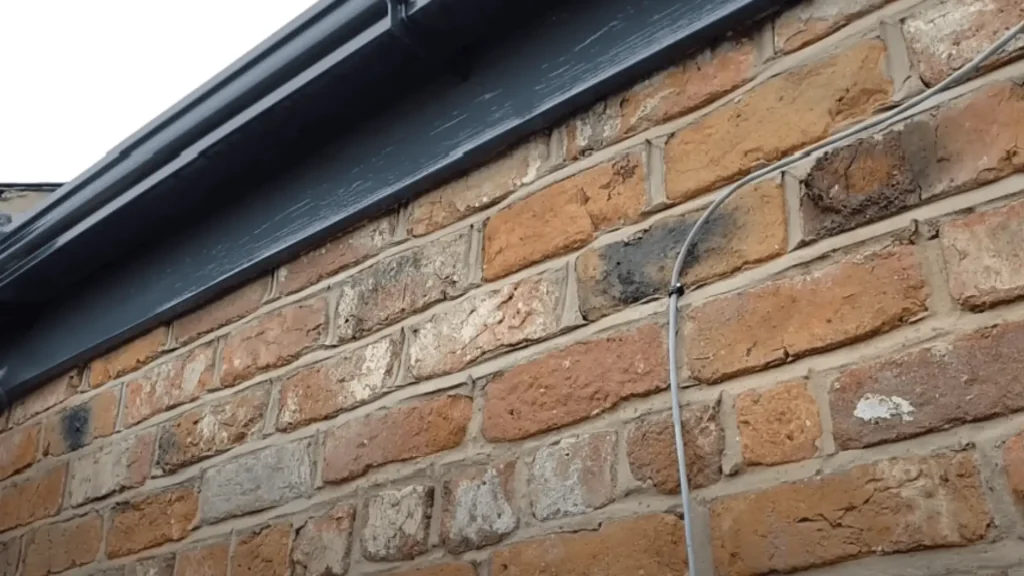
The best paint for wooden fascia boards and soffits is exterior acrylic paint, as it offers superior longevity and protection against the elements. However, it’s important to prepare your wood properly before painting, as this will ensure that the paint adheres properly and lasts longer.
The first step is to sand down any rough patches on the wood until it’s smooth. Next, use a pressure washer or scrub brush with a cleaning solution to remove dirt and other debris from the surface of the wood.
Finally, apply a primer specifically designed for outdoor use before applying two coats of exterior acrylic paint in the colour of your choice.
Best Primer for uPVC Fascia Boards and Soffits
When painting fascia boards and soffits, it is important to use a primer that will provide the best protection. Primers not only help with adhesion but also protect against environmental damage such as moisture and UV rays. The first factor to consider when choosing a primer is the type of material being painted.
For uPVC fascia boards and soffits, an oil or alkyd-based primer is best since it provides superior protection against weathering. Additionally, these primers are designed to bond directly to uPVC without any need for sanding or priming first. Another factor to keep in mind is the exterior environment where the fascia boards and soffits will be located.
If they are exposed to extreme weather conditions like rain and strong sunlight, look for a high-performance acrylic primer that has enhanced UV protection properties. These types of primers are more resistant to fading due to sun exposure over time than regular acrylics or alkyds. Finally, make sure you choose a topcoat paint that is compatible with your chosen primer for optimal performance and long-lasting results!
Best Paint for uPVC Fascia Boards and Soffits
Picking the right paint for uPVC fascia boards and soffits is important, as the wrong paint can cause damage and discolouration. The best type of paint to use on uPVC is an acrylic-based exterior wall paint that contains a fungicide, which helps protect against mould growth. Ensure you select a colour that compliments your home’s existing exterior. For extra protection against fading, look for brands that offer UV protection in their product range.
It’s also important to prepare these surfaces properly before painting. Clean with a mild detergent and warm water to remove dirt and debris; if there are any cracks or holes in the surface then fill them with putty or caulk before painting begins. Once they have been thoroughly cleaned and dried, lightly sand down any glossy surfaces with very fine-grit sandpaper before applying two coats of primer – this will help ensure even coverage of your chosen topcoat colour when it comes time to apply.
If you’re planning to paint your fascia boards and soffits but they already have a gloss finish, the article “Can You Paint Satinwood Over Gloss? – A DIY Guide” will give you the necessary instructions to achieve a smooth and durable finish.
Conclusion:
In conclusion, painting fascia boards and soffits can be a great way to add new life to the exterior of your home. Whether you decide to do it yourself or hire a professional, it’s important to understand what materials and tools you need to get the job done right.
Taking the time to research the project and learn from experts will ensure that the job is done correctly and looks great for years to come.

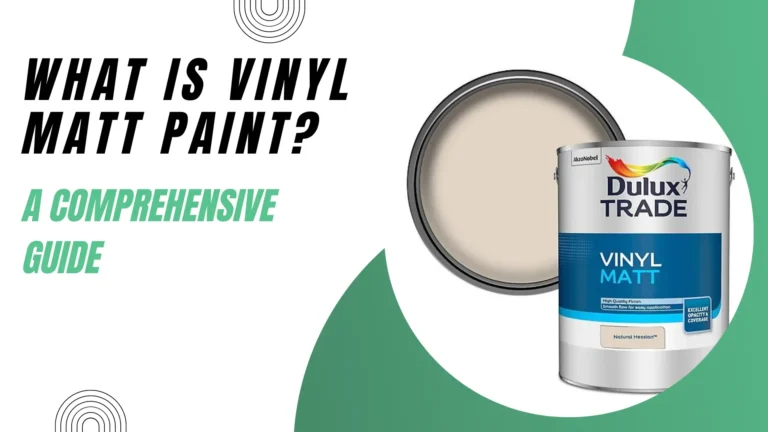
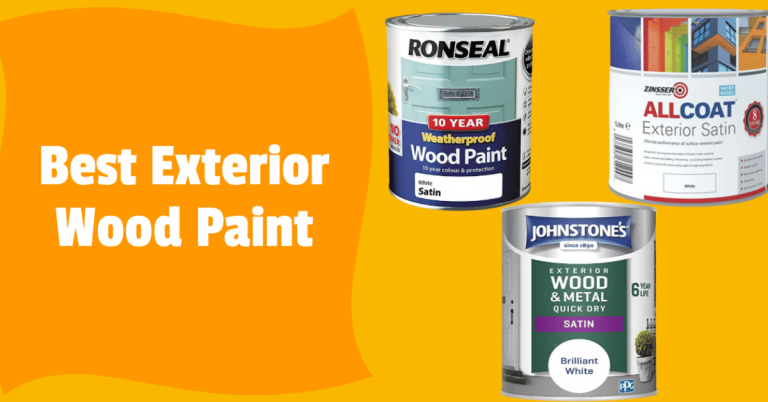

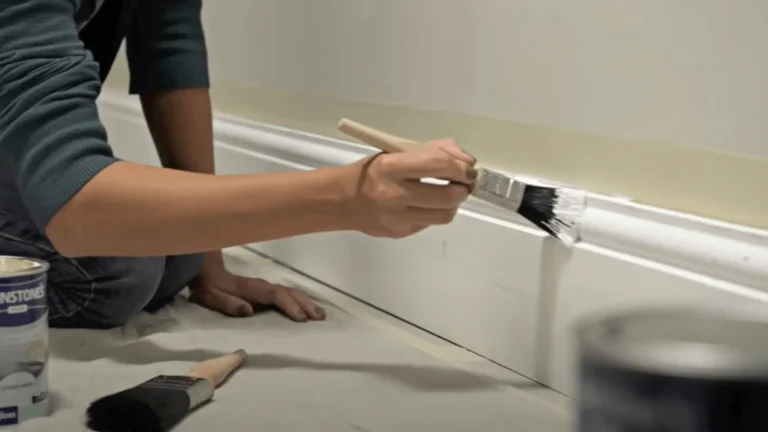
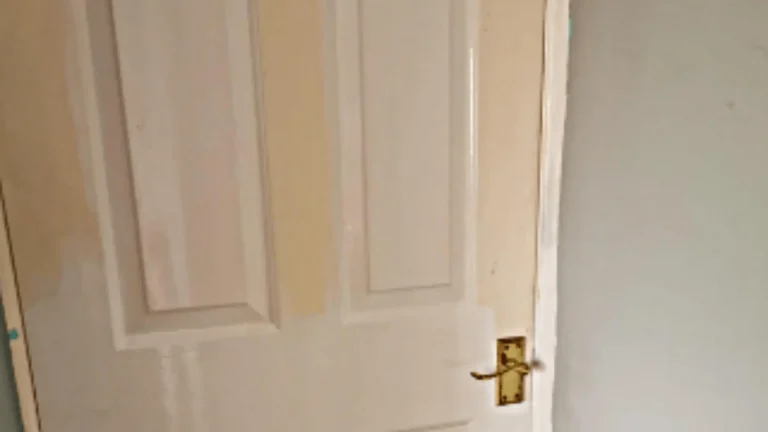
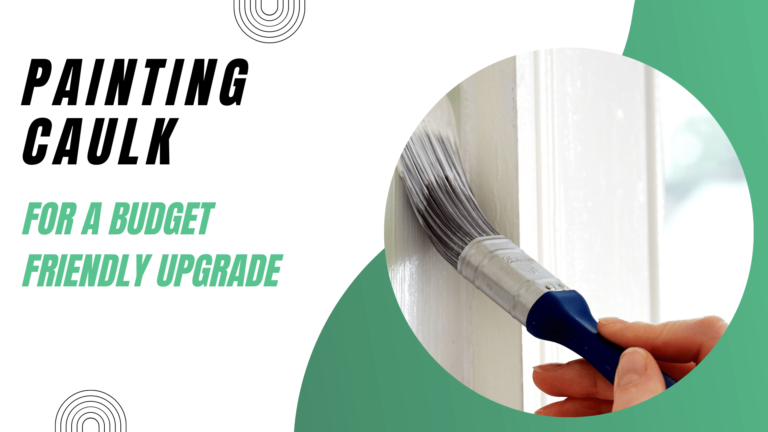
Search
yprgmmhw http://www.gsw6q79w180jqu9n0h66g836vnh3b55bs.org/
[url=http://www.gsw6q79w180jqu9n0h66g836vnh3b55bs.org/]uyprgmmhw[/url]
ayprgmmhw
HiCan you send us the server address you added.